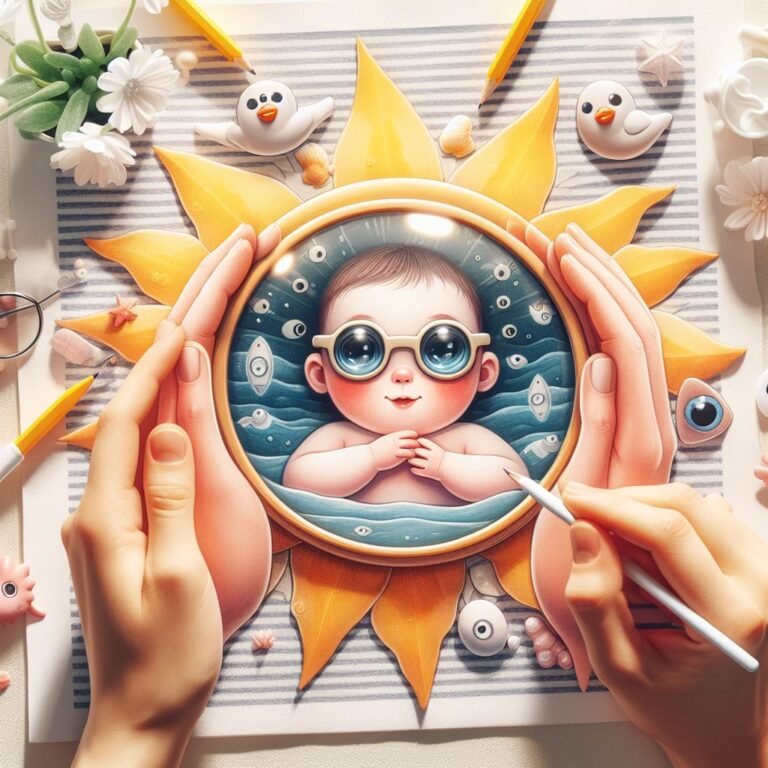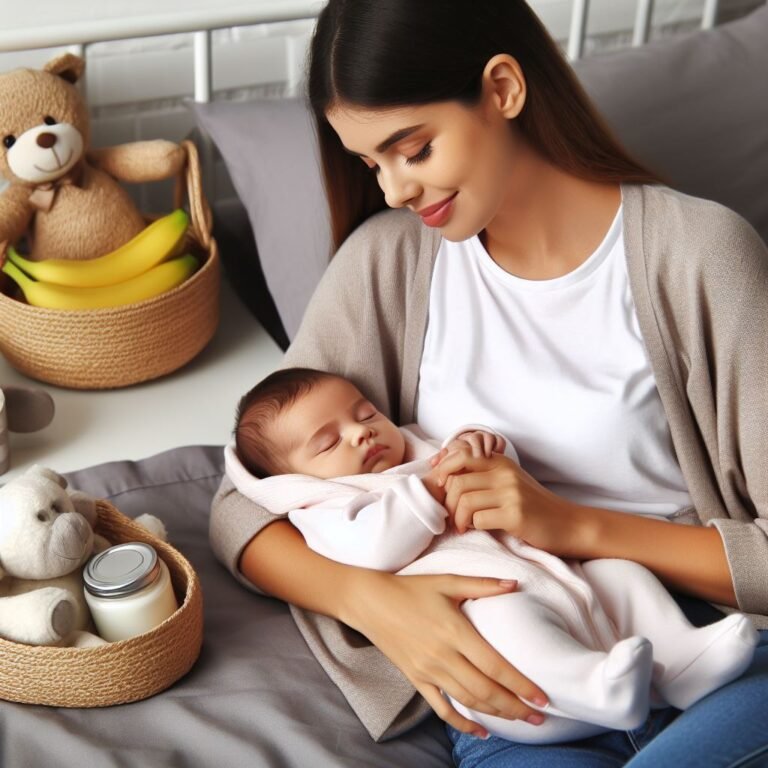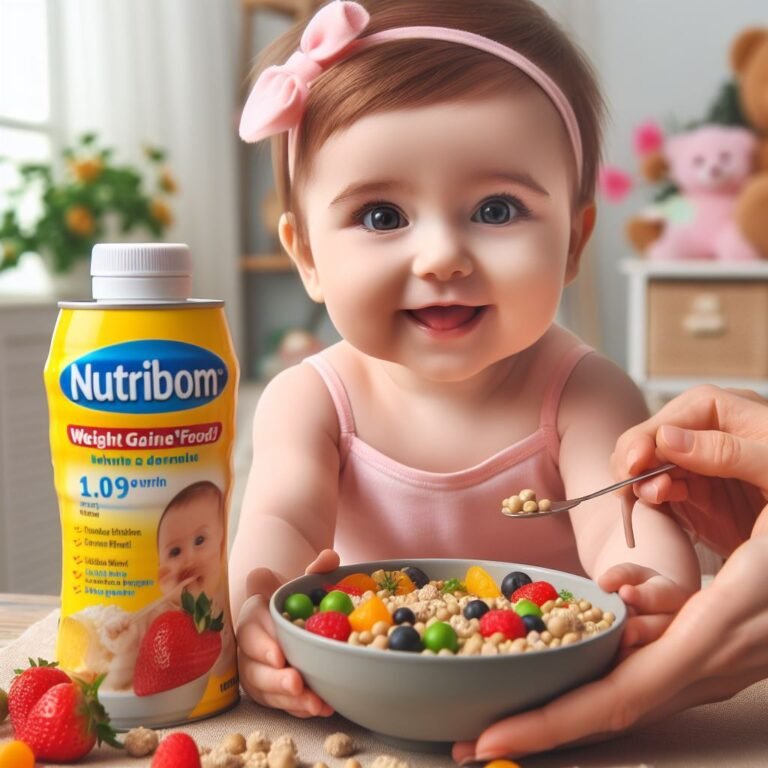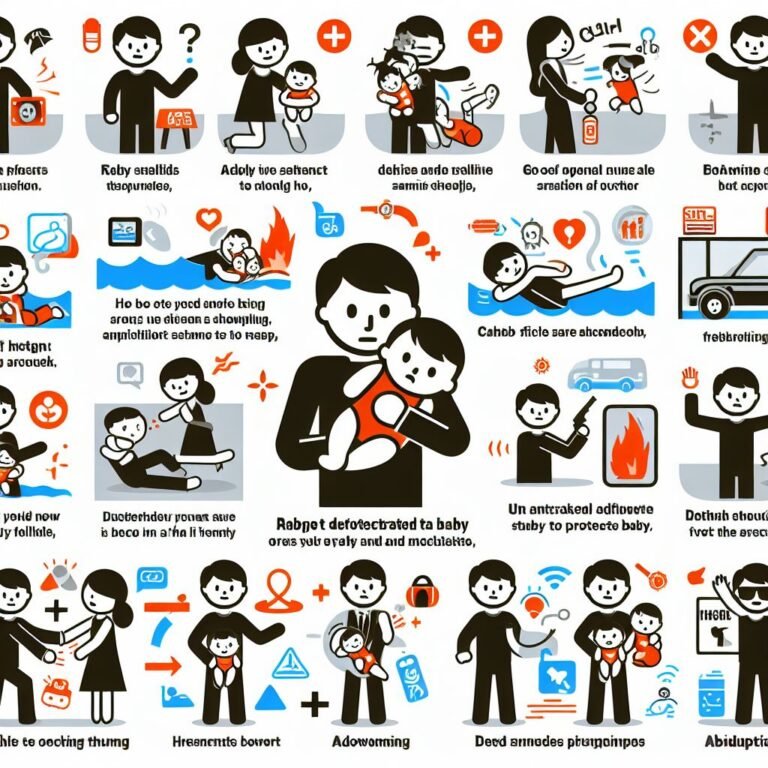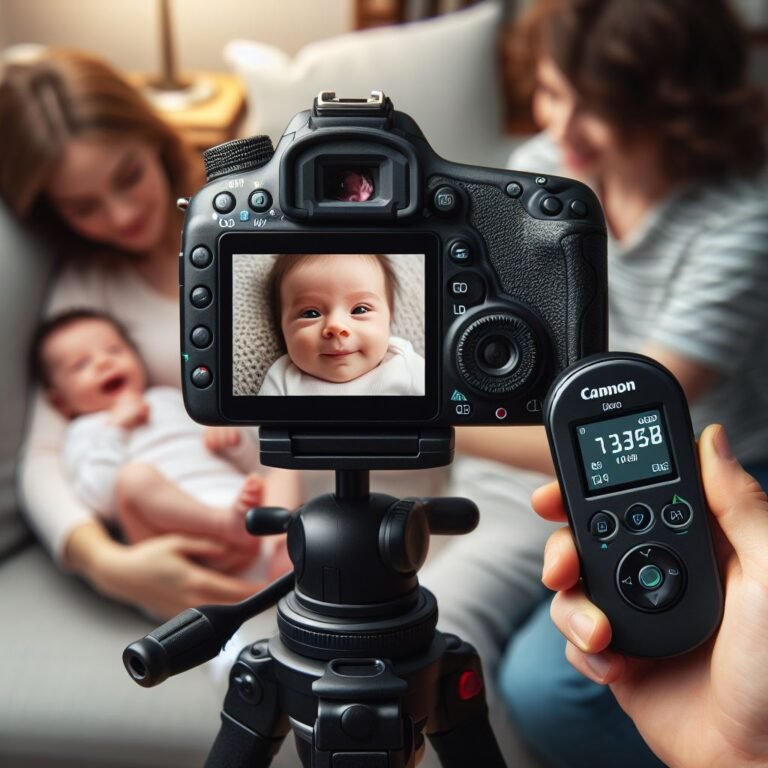How Do I Select a Suitable Baby Crib That Meets Safety Standards ?
As parents, the safety and well-being of our little ones are of paramount importance. When it comes to selecting a suitable baby crib that meets safety standards, we must consider more than just aesthetics.
This article is a guide to help you navigate the world of baby cribs, ensuring that you make an informed decision that prioritizes the protection and comfort of your precious bundle of joy.
Join us as we delve into the essential factors and considerations for choosing a crib that offers peace of mind and security.
Key Takeaways
- Familiarize yourself with safety standards for baby cribs to reduce the risk of accidents and injuries.
- Choose a crib that meets all necessary safety requirements, including slat spacing, crib height, stability, and non-toxic materials.
- Consider factors like overall dimensions, sturdy and durable materials, adjustable mattress heights, and ease of assembly and mobility when selecting a crib.
- Ensure proper assembly and installation of the crib by following the manufacturer’s instructions, securely connecting all components, and placing the crib in a safe location away from potential hazards.
Understanding Safety Standards for Baby Cribs
Understanding the safety standards for baby cribs is essential for parents and caregivers to ensure the well-being and security of infants. The safety standards for baby cribs are put in place to reduce the risk of accidents and injuries.
These standards cover various aspects of crib design, including the spacing between slats, the height of the crib sides, and the stability of the crib structure. Additionally, safety standards may also address issues such as the use of non-toxic materials and the absence of sharp edges or protrusions that could potentially harm the baby.
It is crucial for parents and caregivers to familiarize themselves with these standards and ensure that the crib they choose meets all the necessary requirements to provide a safe and secure sleeping environment for their little ones.
Factors to Consider When Choosing a Baby Crib
One important factor to consider when choosing a baby crib is the overall dimensions, as it should provide ample space for the baby to move comfortably while ensuring their safety. The crib should be spacious enough to accommodate the baby as they grow while also being cozy and secure.
Another crucial factor to consider is the material used to construct the crib. It should be sturdy, durable, and free from any toxic substances that could harm the baby.
Additionally, the crib should have adjustable mattress heights to cater to the baby’s developmental stages. It is also important to consider the ease of assembly and disassembly, as well as the crib’s mobility, especially if you plan to move it around the house.
Lastly, make sure the crib meets the necessary safety standards, such as having slats that are closely spaced to prevent the baby from getting stuck or falling out.
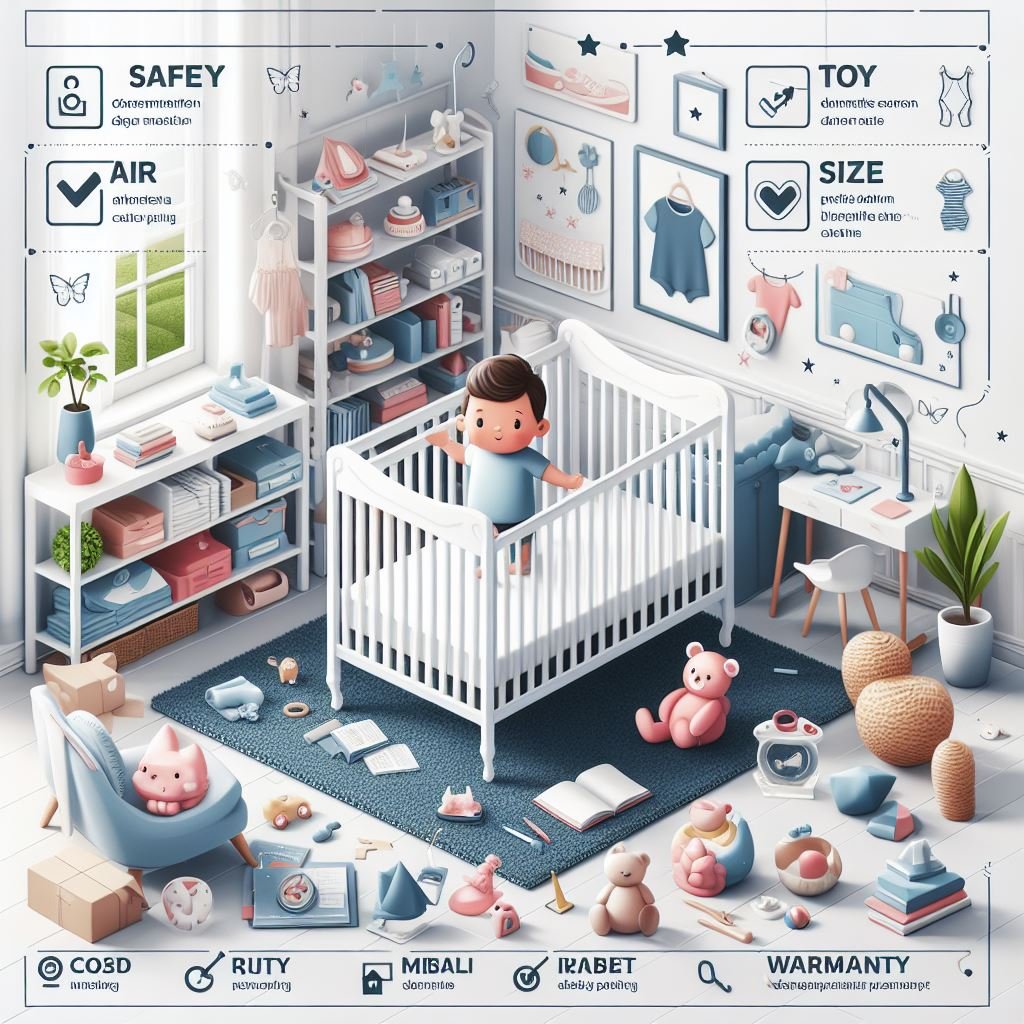
Evaluating the Construction and Materials of Baby Cribs
When evaluating the construction and materials of baby cribs, it is essential to carefully examine the overall quality and craftsmanship to ensure they meet the necessary safety standards. Here are three key factors to consider:
- Sturdy Frame: Look for cribs with a solid and durable frame made from materials such as hardwood or metal. Avoid cribs with weak or flimsy frames that may pose a risk of collapsing or breaking under pressure.
- Non-Toxic Finishes: Check that the crib’s finishes, such as paint or varnish, are non-toxic and free from harmful chemicals. This ensures that your baby won’t be exposed to any potentially harmful substances.
- Secure Hardware: Inspect the crib’s hardware, such as screws and brackets, to ensure they are sturdy and properly installed. Loose or faulty hardware can lead to instability or potential hazards.
Ensuring Proper Assembly and Installation of the Baby Crib
Proper assembly and installation of the baby crib is crucial to guarantee the safety and functionality of the crib for your child.
When it comes to assembling the crib, it is important to carefully follow the manufacturer’s instructions. Ensure that all the components are securely connected, and double-check that there are no loose or missing screws. It is recommended to use a screwdriver or wrench instead of power tools to avoid overtightening and damaging the crib.
Additionally, make sure that the mattress fits snugly inside the crib without any gaps or spaces.
Once the crib is assembled, it is essential to install it in a safe location, away from windows, blinds, or any corded objects that could pose a strangulation hazard.
Additional Features and Considerations for a Safe Baby Crib
Furthermore, it is important to consider additional features and factors that contribute to the safety of a baby crib. These features not only enhance comfort and convenience for both the baby and the caregiver, but also ensure the well-being of the child.
Here are three important considerations when selecting a safe baby crib:
- Adjustable mattress height: Look for a crib that allows you to adjust the mattress height. This feature is particularly beneficial as it enables you to lower the mattress as your baby grows and becomes more mobile, reducing the risk of falls.
- Teething rails: Teething babies often chew on the crib rails, which can lead to splinters or chipped paint. Choose a crib with teething rails, which are protective covers over the crib rails, ensuring that your little one can safely chew without any harm.
- Convertible design: Opt for a crib that can be converted into a toddler bed or a daybed. This versatility allows the crib to grow with your child, eliminating the need to purchase a new bed as they transition from infancy to toddlerhood.
Frequently Asked Questions
What Are the Recommended Dimensions for a Baby Crib?
When selecting a suitable baby crib that meets safety standards, it is important to consider the recommended dimensions. These dimensions are typically based on guidelines provided by regulatory bodies to ensure the safety and comfort of the baby.
Are There Any Specific Safety Guidelines for Crib Mattresses?
When selecting a baby crib, it is crucial to consider safety standards. This includes ensuring the crib mattress meets specific guidelines. These guidelines typically address firmness, size, and the absence of potential hazards such as loose or flammable materials.
How Often Should I Check the Crib for Loose or Broken Parts?
It is important to regularly inspect your baby’s crib for loose or broken parts to ensure their safety. Check for any signs of damage or wear, and promptly repair or replace any faulty components.
Can I Use a Second-Hand Crib and Still Meet Safety Standards?
When considering a second-hand crib, it is crucial to ensure it meets current safety standards. Look for labels indicating compliance with safety regulations, check for any recalls, and thoroughly inspect for any signs of wear or damage.
What Should I Do If My Baby’s Crib Doesn’t Meet Current Safety Standards?
If your baby’s crib doesn’t meet current safety standards, it is essential to prioritize your baby’s safety. Consider replacing the crib with one that meets the required standards to ensure a secure and comfortable environment for your child.
Conclusion
In conclusion, selecting a suitable baby crib that meets safety standards requires careful consideration of various factors.
It is important to understand safety standards, evaluate the construction and materials of the crib, and ensure proper assembly and installation.
By taking these steps, parents can provide a safe and secure sleeping environment for their baby, ensuring their well-being and peace of mind.


